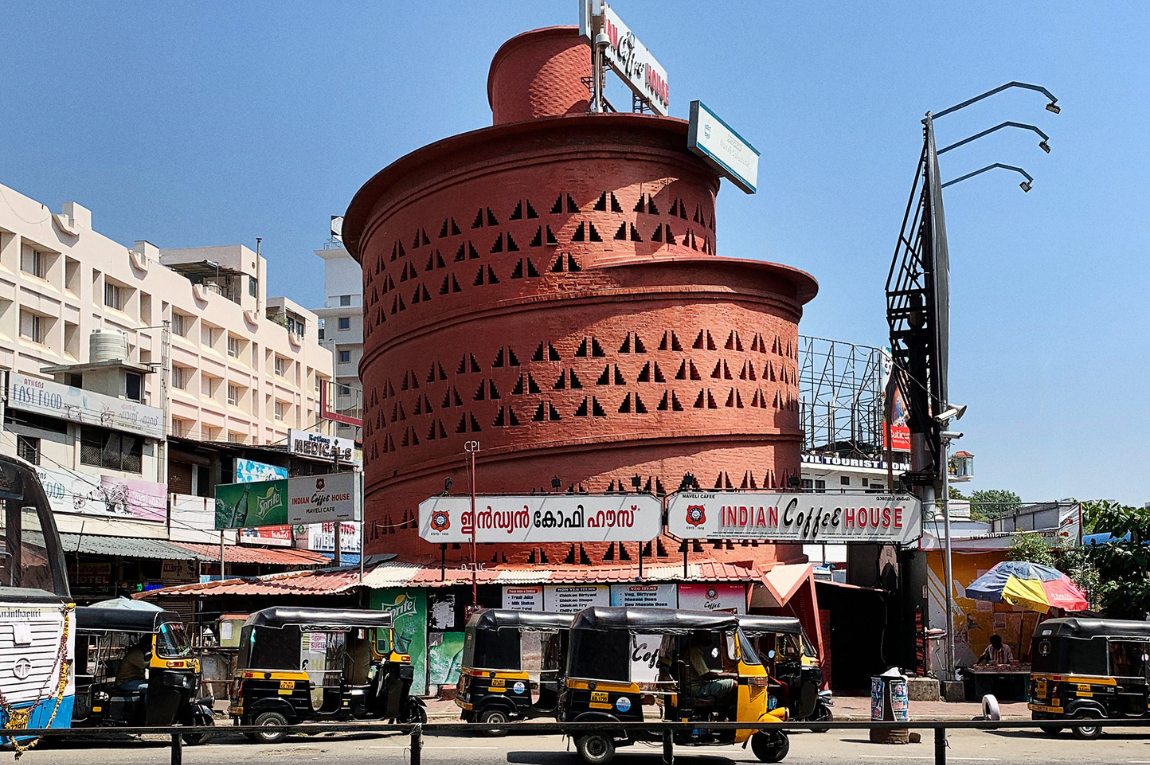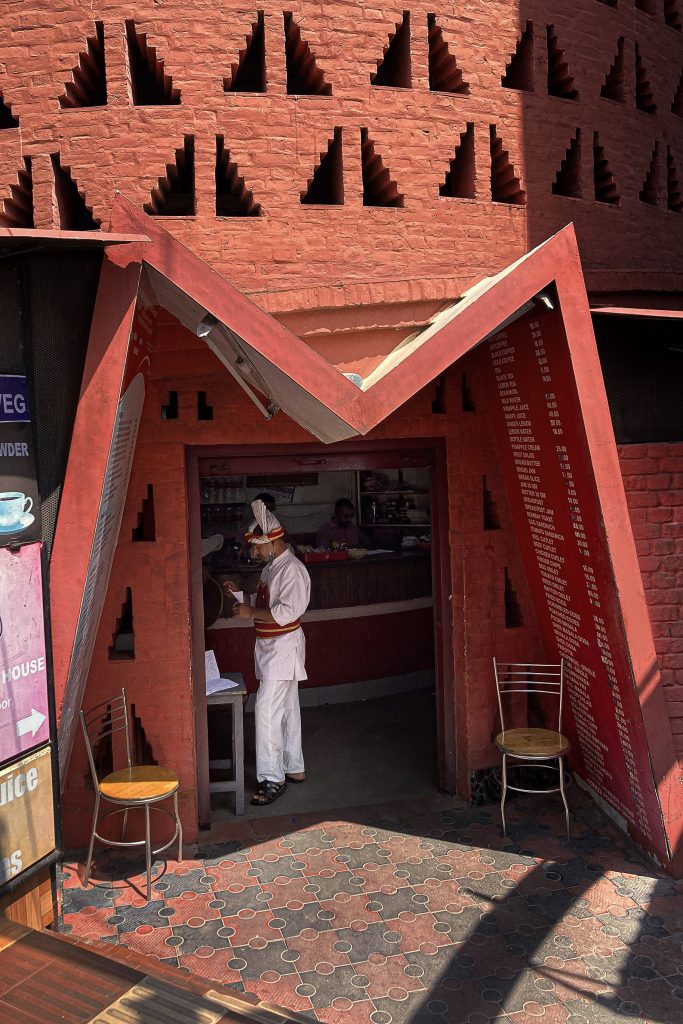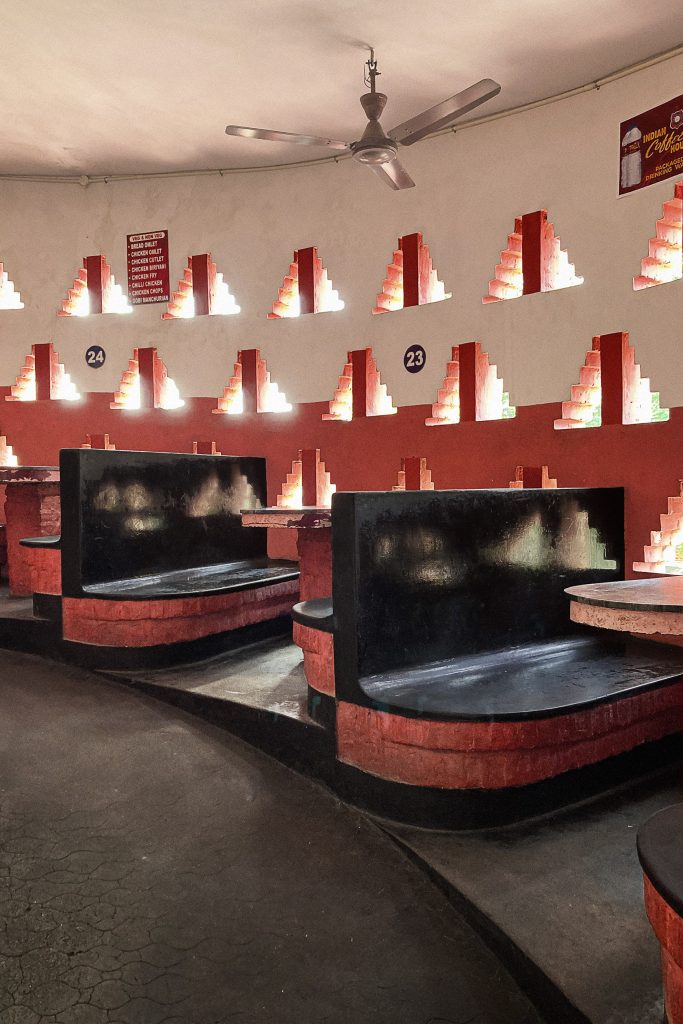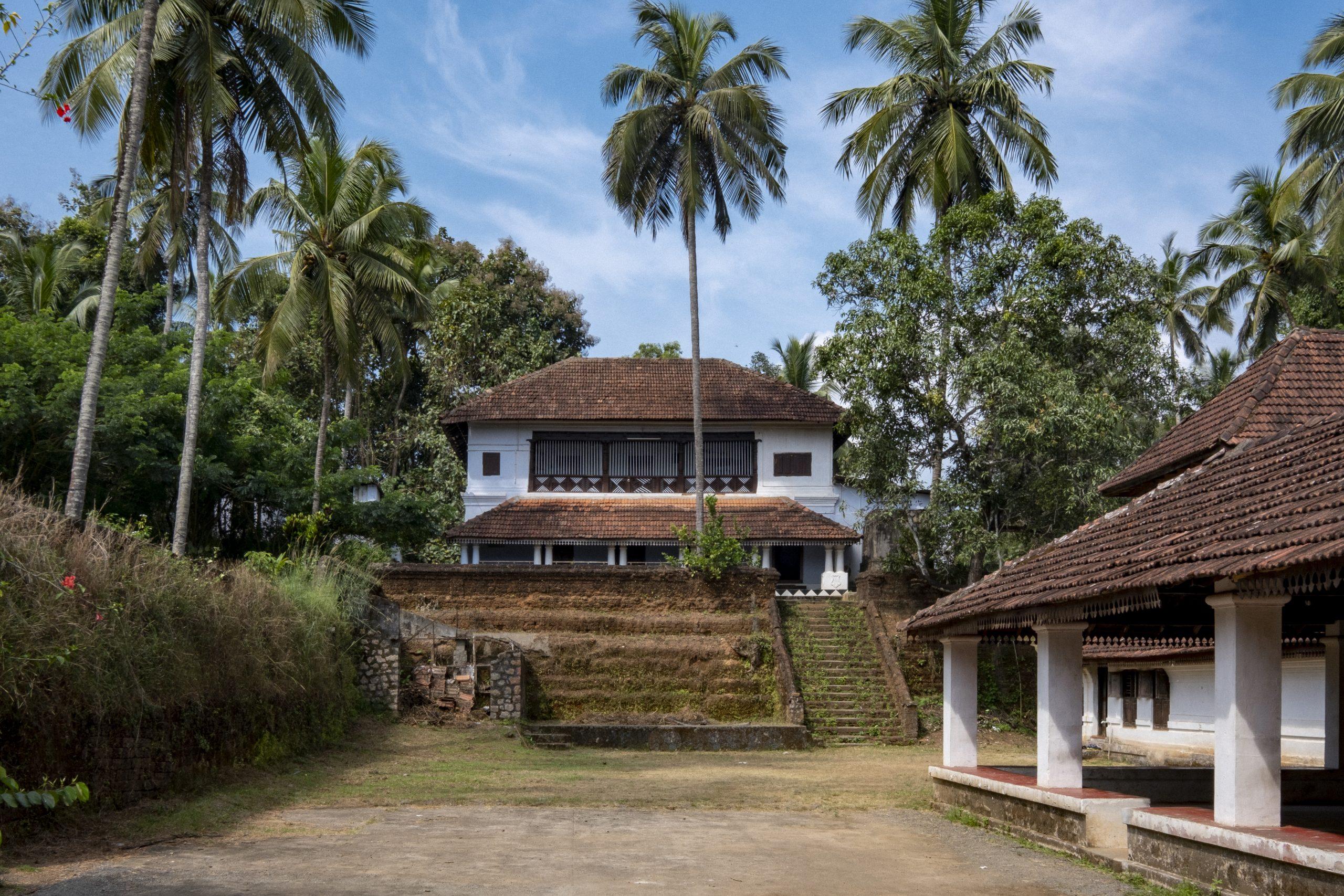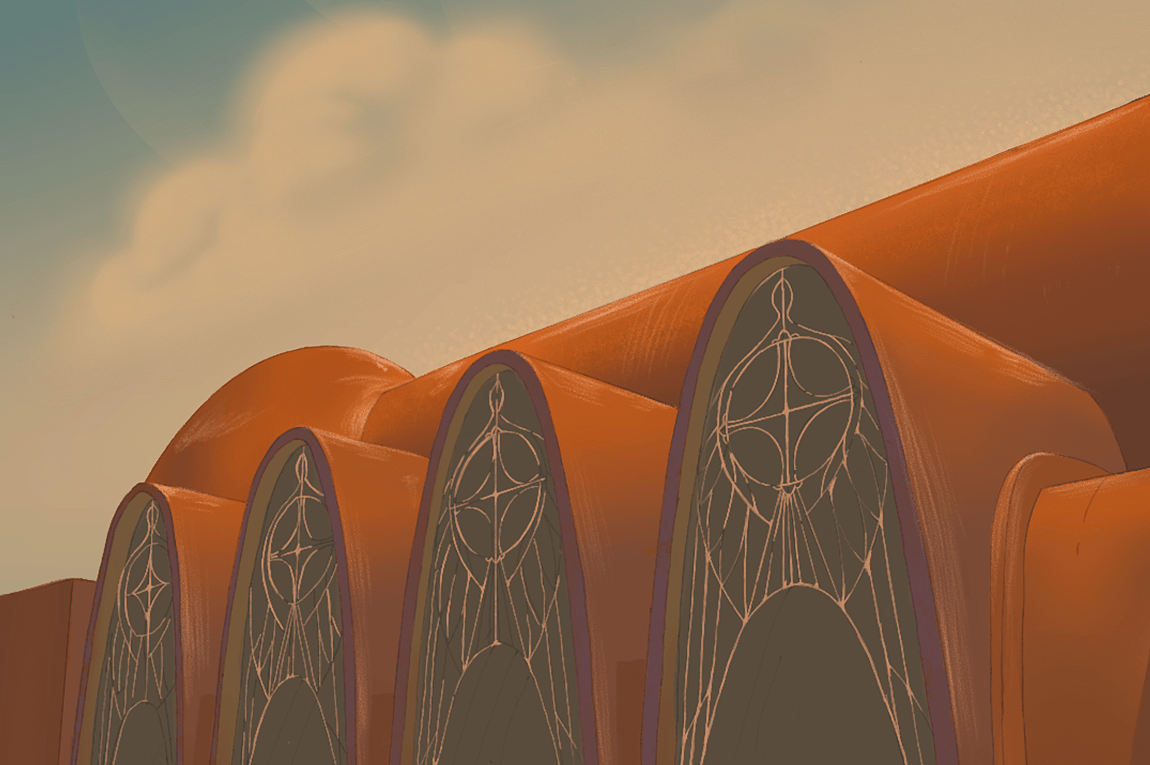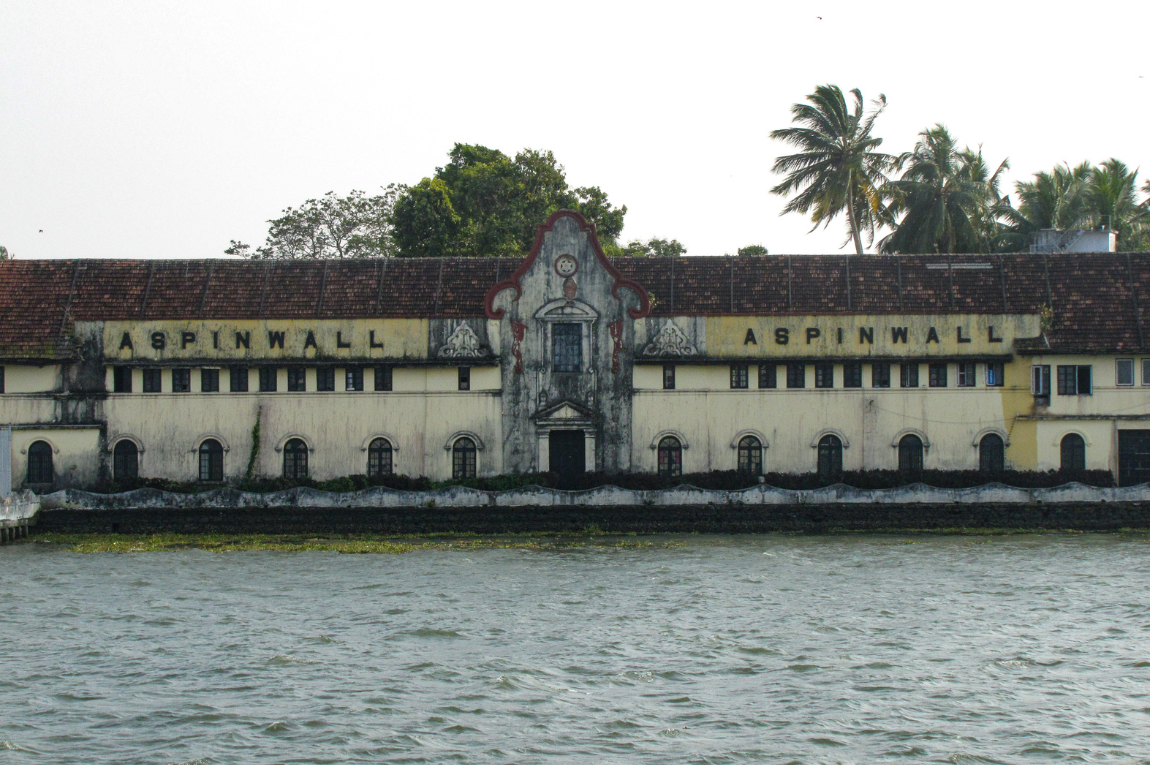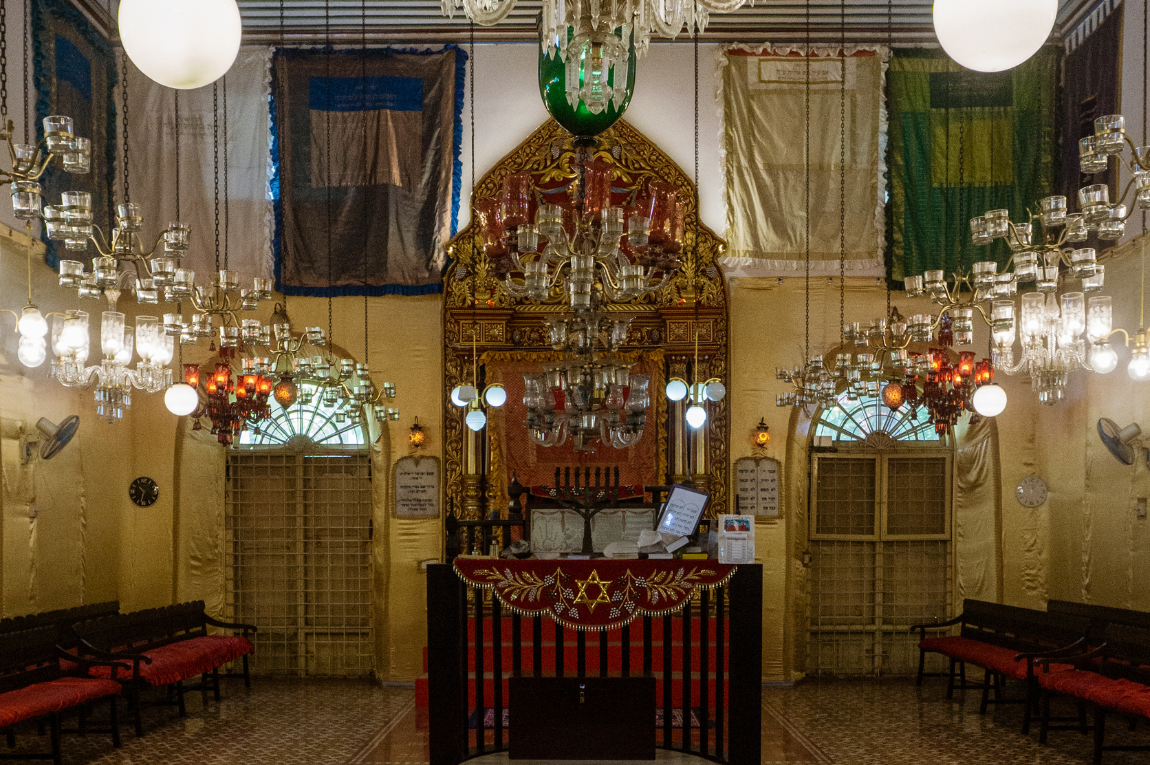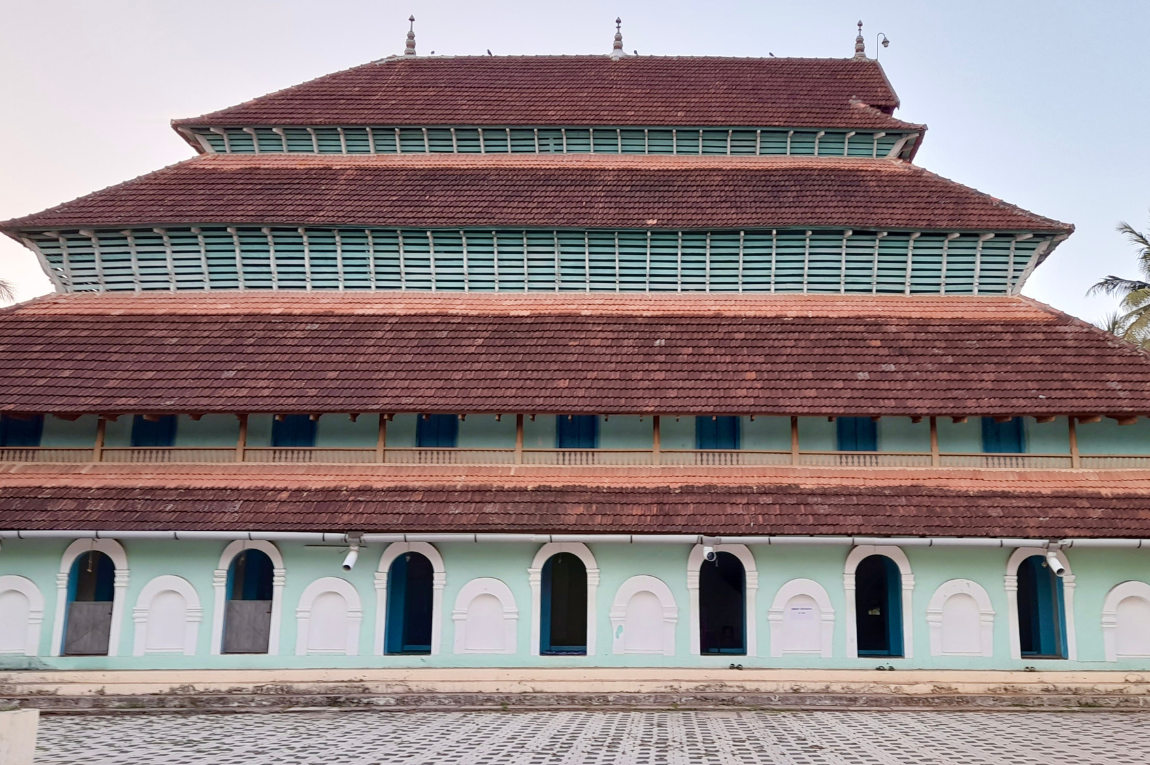The first time I saw the Indian Coffee House in Thiruvananthapuram was in February 2006. I was passing through the city en route to Kochi and despite being awfully late for the connecting train, could not help but stop to stare at the tiered brick structure right in front of the railway station. On my way back, I made sure to go in to see the place for myself. I remember falling in love with its design. On a recent trip to the city, I decided to dig deeper into its history.
The presence of coffee houses was strengthened in the 1940s, when the Coffee Board, constituted in 1942, started supporting the domestic coffee industry and establishing Indian Coffee Houses in various cities. In the mid-1950s, many of these were shut down, and several dismissed employees organised themselves as workers’ cooperative societies across the country. The first of these societies came up in Bengaluru in August 1957. Later that year, the first ‘new-generation’ Indian Coffee House opened its doors in Delhi. The chain spread to all major cities in the late 1950s and the 1960s.
The Indian Coffee House in Thiruvananthapuram was commissioned by the Coffee Board and designed by British-born architect Lawrence Wilfred Baker, better known as Laurie Baker. It was most likely constructed in the 1980s — the book The Project of Independence: Architectures of Decolonisation in India 1947–1985 (2022), published by MoMA, says it was built c. 1980; other sources indicate that it was built around 1989–1990. The brief was simple: there was a small plot of land on which Baker had to design a cost-effective building that could be replicated in other cities if needed. “At the time, modern steel and concrete architecture had started getting popular in India but Baker maintained that India had a long history of building with local and natural material — be it brick, timber, laterite or stone. He had developed a distinct architectural language that was vernacular yet modern and the Indian Coffee House in Trivandrum is a great example of that,” noted architect Jaigopal Rao — who is co-founder and Head of Designs at Inspiration Collective, a multidisciplinary collective based in Kochi — tells me when I discuss the building with him. The result turned out to be as practical as it was striking.
The spiralling, cylindrical building was made in Baker’s trademark style with bricks and plaster. It was designed to be wider at the bottom and taper at the top to maintain balance. The outer brick wall has a jaali that lets the fresh air and light in while also keeping the glare of the sun and the rain out — but it has no windows. The most interesting part is the circular ramp that takes you to the top without having to climb any stairs; while on one side is the walkway, the other has tables and benches cast in stone, which save the cost of furniture. And it is these benches that I had sat on for my humble meal of kadala and idiyappam back in 2006, while peeping out of the little triangular ventilators to look at the city go by.
According to Rao, when it was designed, the Indian Coffee House was supposed to be a self-service place. The ground floor had the billing and service counter so the guest could pick a coupon, collect their food, and walk up. If they were in a rush, they could sit on the lower tables; and if they had time, they could walk all the way up for a leisurely meal. While the self-service never took off and liveried waiters are a quintessential part of the place, one can see the timelessness of the design that works as well today as it did decades ago.
Find your way to The Indian Coffee House in Thiruvananthapuram, Kerala via Google Maps here.
Our selection of stays across India, best visited for their design and style. Check in
Anubhuti Krishna is a writer based in New Delhi. She finds ways to combine her passion for places, spaces and food in her travels. She is on Instagram at @thatgirlinmuddyboots.
suryan//dang is a collaborative practice for visual narration hosted by Saurabh Suryan and Lokesh Dang, based out of Delhi. The studio is interested in built archives through the Indian landscape. They are on Instagram at @suryananddang.
